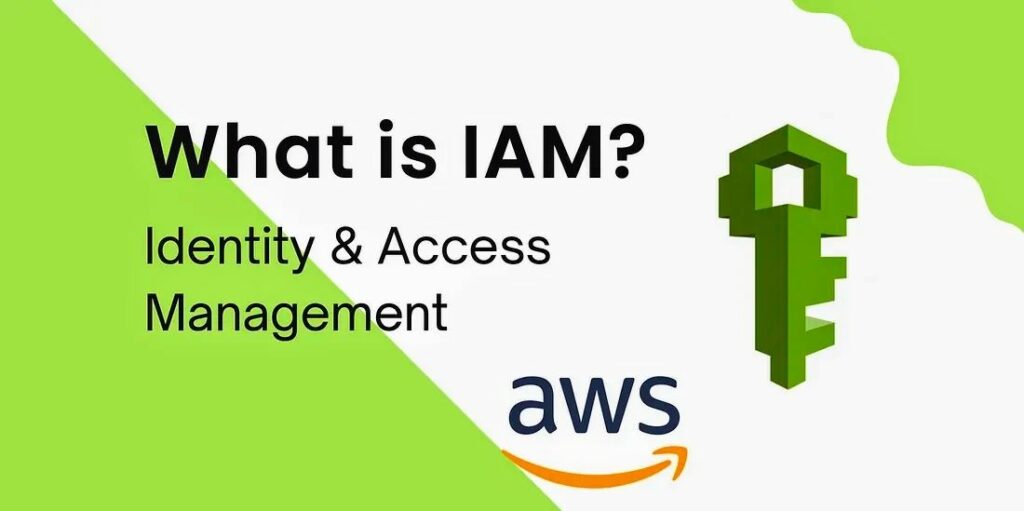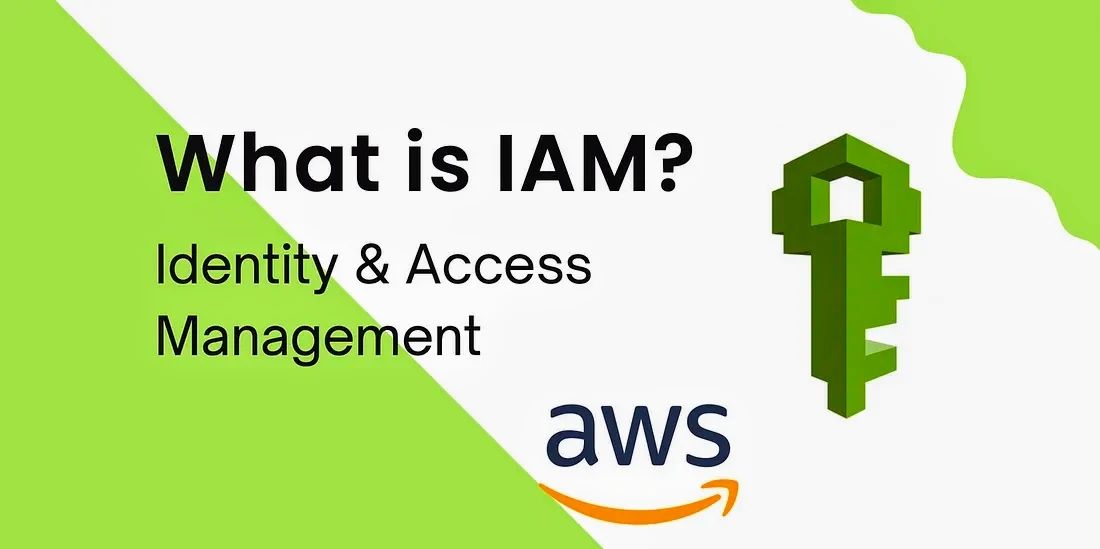Certainly! Here’s a concise and SEO-optimized blog post about AWS Identity and Access Management (AWS IAM):
AWS IAM: AWS Identity and Access Management

What is AWS IAM?
AWS Identity and Access Management (IAM) is a powerful service that allows you to securely control access to your AWS resources. Whether you’re managing a small application or a large-scale infrastructure, IAM provides fine-grained access control mechanisms for all your AWS services and resources.
Key Features of AWS IAM
1. Centralized Permissions Management:
- IAM lets you centrally manage permissions, controlling which AWS resources users can access.
- Define who is authenticated (signed in) and authorized (has permissions) to use specific resources.
2. Fine-Grained Access Controls:
- Set and manage guardrails with broad permissions, then move toward least privilege by using fine-grained access controls.
- Create granular permissions based on user attributes (such as department, job role, or team name) using attribute-based access control.
3. Multi-Account Identity Management:
- Manage identities across single AWS accounts or centrally connect identities to multiple AWS accounts.
- Use IAM Identity Center to provide multi-account access and application assignments across AWS.
4. Least Privilege Principles:
- Streamline permissions management and continually analyze access to rightsize permissions.
- Generate least-privilege policies and verify external and unused access to resources.
Why Use AWS IAM?
- Security: IAM enhances security by ensuring that only authorized users can access your AWS resources.
- Scalability: Scale your workload and workforce access securely, supporting agility and innovation.
- Control: Set permission guardrails and fine-tune access controls to meet your specific needs.
Use Cases for IAM
1. Attribute-Based Access Control:
- Create granular permissions based on user attributes (e.g., department, role) using IAM.
- Scale with attribute-based access control.
2. Centralized Identity Management:
- Manage per-account identities or centralize identity management across AWS accounts.
- Assign roles and permissions across applications.
3. Data Perimeter Guardrails:
- Establish permissions guardrails using service control policies in AWS Organizations.
- Implement a data perimeter around your accounts.
4. Journey Toward Least Privilege:
- Continuously refine policies to achieve least privilege.
- Use cross-account findings to validate and right-size permissions.
Conclusion:
AWS IAM is your key to secure, efficient, and controlled access to AWS services and resources. Whether you’re a developer, administrator, or security professional, mastering IAM is essential for managing your cloud infrastructure effectively.
Learn more about AWS IAM here and start securing your AWS environment today!
Remember, IAM is not just an acronym; it’s your gateway to a well-protected AWS ecosystem. 🛡️🔒


